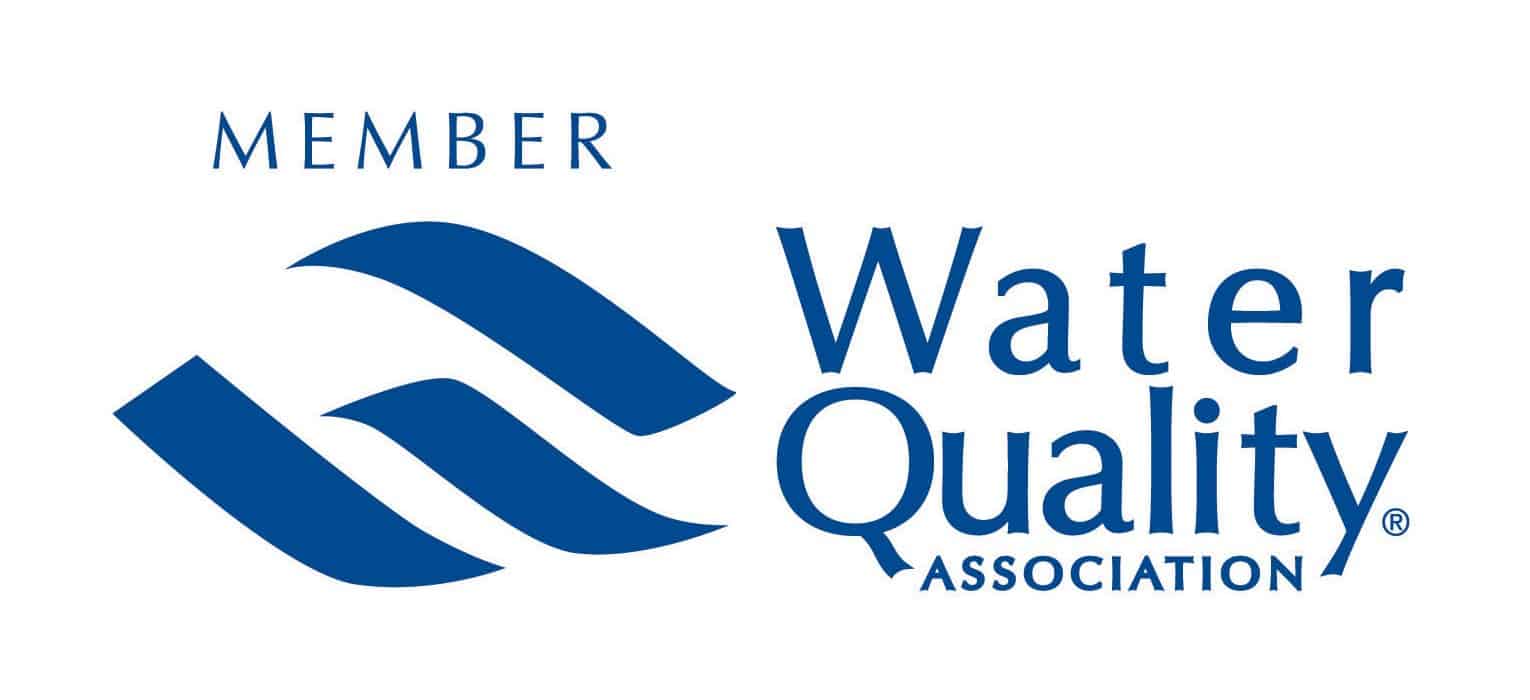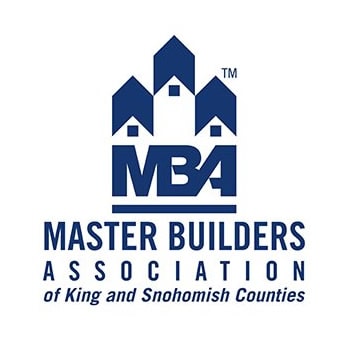Well Water Radon Removal
Have you found radon in the water of your home? Maybe you are selling, and the buyer’s home inspector discovered it through a water test?
Nobody likes the idea of radioactive gasses seeping into their home. Fortunately, while radon can be quite dangerous and is surprisingly common, there are several ways to protect you and your loved ones from this naturally occurring hazard.
The health risks presented by radon make it worthwhile to educate yourself about what radon is, how you detect it in your well water, and the mitigation options available to protect your home.
After being in the real estate business for the past thirty-four years, I realized that most people have no idea that radon can be found in well water.
This becomes readily apparent when working with clients who are either buying or selling a home.
When meeting with a seller, I always inform them of the most common inspections a buyer will have when purchasing a home.
If the seller has a well, a large percentage of the time, the buyer will have the well-tested for the quality and quantity.
However, most of the time, the standard quality testing for well water does not include scanning for radon. This is something you have to specifically ask to get tested.
A good buyer’s agent will recommend their client do this as part of the home inspection process.
When selling a home, it is a good idea to be prepared for the buyer’s home inspection. If the home inspection reveals radon’s presence in the well water, it is generally accepted that the seller will address this issue.
In real estate, however, nothing is cast in stone. You could find yourself in a transaction where the seller is a stubborn coot and doesn’t agree to mitigate the issue.
If this is the case, you will need to understand how to remove radon from well water. It is not all that difficult to remove radon from water, just not that cheap to remedy! First, you will need to know what radon is and what it can do to you.
What is Radon?
Radon is a gas created by the breakdown of uranium. Many people are surprised to discover just how prevalent uranium is. It can be found in the water, rocks, and soil surrounding many homes in the United States. How much uranium is present and how much radon is produced will vary widely from place to place.
Oftentimes, I will hear my clients make statements like, “my neighbors sold their home and did not find any radon, so I know I don’t have any either. This statement is 100 percent false! First of all, everyone has radon in their homes.
It is just a question of how much and if you fall under what the EPA considers passable for health purposes.
It is important to understand that just because your neighbor has a passing radon level does not mean you will have the same results. Radon is found in pockets. The gas could easily be more prevalent in your home even though your neighbors have passed.
Radon is not something you should take lightly. The buyer certainly won’t! In fact, radon is one of the top home inspection problems to avoid. If you will be selling your home and have never tested either the air or water, it wouldn’t be a bad idea. Some buyers will pass on a home where radon is discovered even if you agree to rectify the problem.
A few years ago, I was selling a home in and the seller remembered that he might have had a failing radon test when he purchased his home years prior. My advice was to see if he could find the records from when he bought to see exactly the level.
If it were close to the 4.0 pCi/L requirement, I would have just suggested seeing what happens when the buyer does their test, as levels can fluctuate over time. However, if the test were significantly over the requirement, one would assume it would fail again.
What Are The Health Risks of Radon Exposure?
According to the Environmental Protection Agency, or EPA, radon causes thousands of deaths every year in the U.S. The gas is radioactive, but it has no smell or taste, making it essentially invisible to our senses. If the concentrations in the air are high enough, radon will cause lung cancer.
The EPA says that the only thing responsible for more lung cancer deaths than radon is cigarette smoke. Of course, if you smoke and are breathing in radon, your risk of developing lung cancer becomes much higher.
How Many People Die From Radon in The Water?
Well water, in particular, can become contaminated with radon. The EPA indicates that about 168 people die each year from cancer caused by drinking water containing radon. Obviously, a very low number.
The majority of these deaths – 89% – occur from lung cancer as the radon is released into the air from the well water. The other 11% of deaths occur from stomach cancer related to ingesting the water.
Most scientists and those in public health agencies believe that health risks from direct consumption of well water are generally of minor significance.
The day-to-day breathing of air is what provides the greatest exposure to radioactivity. There is a constant exposure when breathing air vs. infrequent ingestion of drinking water.
The risk of dying from lung cancer resulting from airborne radon is estimated to be 1-2% for each 4 pCi/L of lifetime exposure.
For drinking water, it is estimated that there is an additional lifetime risk of dying from cancer (mostly stomach cancer) of 1-2% per 20 to 40 thousand pCi/L in the water, depending on house size and ventilation.
These radon risk estimates, however, should be viewed with some caution. The estimates are based on assumed projections of high-level radiation risks to low-level risks. In the case of radon in the air, the lifetime exposure assumes 60 years and 100 years exposure in a closed home. The reality, however, is that people spend time outside or away from their homes.
Additionally, radon exposure is reduced when windows are opened in the summer or in bedrooms during sleeping hours.
It should be noted that failing radon levels are far more prevalent in the air than in water when it comes to our homes.
How Do You Test For Radon in Well Water?
We are lucky to live in a time when the dangers of radon exposure in the home are well-understood. This means that testing your well water is easy to do and usually inexpensive – even free in some areas. The EPA actually recommends that people using wells for their water perform a radon test on the water.
Finding out whether there is radon in the water is not that difficult.
There is a Safe Drinking Water Hotline – 1-800-426-4791 – where you can find the phone number for your state’s laboratory certification office. This office will usually have contact information for laboratories that can test your well water for radon.
Keep in mind that you should follow all the laboratory instructions for the collection of the well water. You want to ensure that the test sample you send them is properly gathered and arrives intact at the testing facility.
In Washington, most home inspectors will provide well quality testing as part of their services. They will take a sample of the water for you and send it off to a lab for analysis. The testing generally takes around ten days to complete from the time the lab receives it.
However, do keep in mind that the standard battery of tests performed during a Washington well test does not include radon. You need to specifically ask for your inspection to include this as a separate screening! Over the years, I have seen numerous real estate agents representing buyers miss this aspect of the sale.
Whenever there is a well, it makes sense to test for the presence of radon. This will be one of the costs buyers have in purchasing a home. There is nothing more important than your health, so it is worth checking.
How Do You Remove Radon From Your Well Water?
What happens if you find radon in the water?
Although there are devices that can remove radon from your well water at the tap, these are not the recommended radon mitigation method.
The best way to tackle the problem is by removing the radon before the water ever makes its way into your home. This way, all water sources in the house are free of radon, not just the ones you happen to filter.
There are two main types of radon removal methods for well water:
Granular activated carbon – This filter installs outside of your home and uses activated carbon to remove the radon from the water. It can remove around 95% of the water’s radon, making the water safe enough to use in your home.
Granular activated carbon systems have several advantages – they are usually inexpensive to install and maintain and are not prone to breakage due to the device’s simplicity. However, there are some long-term challenges when using this type of system.
The longer the filter is in place, the more radioactive material is collected, meaning that disposing of the used filter may require special equipment and professional assistance.
When enough radioactive particles are present, the filter itself can be considered dangerous. The approximate cost of removing radon in water via the granular activated carbon method is about $1000-$2000.
Aeration – Because radon is a gas, it is possible to remove it from the water by simply blowing air through the water and pushing the resulting vapor out away from the home – typically through a pipe on the roof.
Usually, these aeration systems work by having an air source at the bottom of a water storage tank. The air source pushes air up through the tank and on through a vent pipe. There are even units available that utilize air when filling the tank as well.
With both the bottom air ventilation and the filling aeration, removing up to 99% of the radon from the well water is possible.
An aeration system will typically cost more when you purchase it and install it, but the long-term costs of owning it may be less because you will not need any specialized disposal to get rid of radioactive filters.
It is recommended that you test your water periodically after you install the radon removal system. You will want to verify that it is working as it should. The typical cost of removing radon from well water with an aeration system is approximately $3000-$6000.
Several Benefits of Radon Filtration
The health benefits of removing radon from your well water are obvious. The money you spend on a filtration system is not just beneficial for your health, though. If you ever decide to sell your home, you can expect buyers to question your home’s radon exposure.
The fact that you have addressed the problem beforehand will make your home more appealing to buyers and, therefore, easier to sell for a good price. There are very few buyers who will be willing to accept failing levels of radon in water. It makes sense you will want to address this issue not only for your family’s benefit but for the ease with which you will sell your home.
Final Thoughts on Radon in The Water
Finding radon in the water at your home is not that big a deal. Fortunately, removing radon from water is fairly easy to do. After reading this guide on radon removal from water, you should have a much better understanding of how to deal with the problem.
Understanding how to remove radon from the water will become a much bigger issue if discovered by a buyer purchasing your home.




